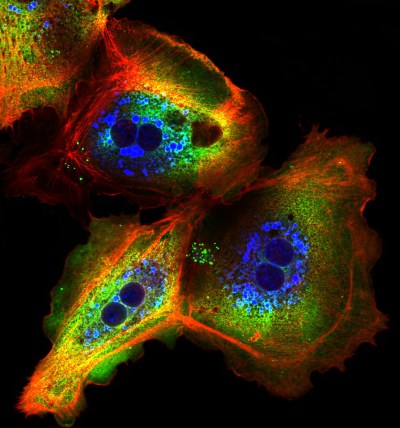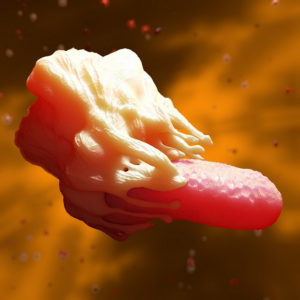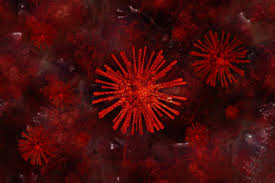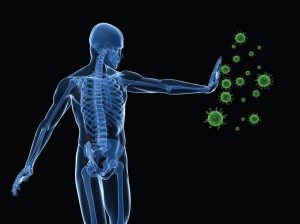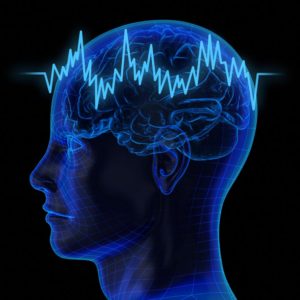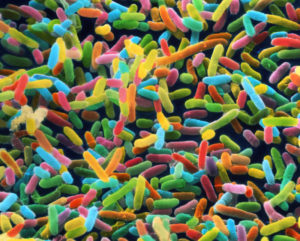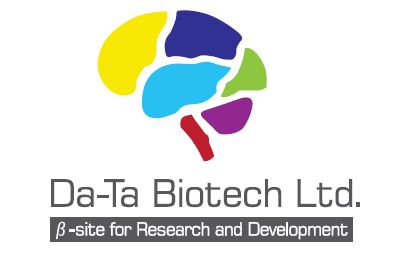Significance
Since metabolic dysfunction-associated steatohepatitis (MASH) is the most common liver disease in the United States, the mechanisms underlying its regression are key to developing therapies. We elucidate the macrophage heterogeneity in livers undergoing MASH regression and demonstrate that lipid-associated macrophages (LAM) that emerge during MASH progression become the dominant macrophage subpopulation during regression and drive the restorative phenotype. LAMs express TREM2, and TREM2 is required for both the emergence of LAMs and their reparative functions. We propose efficient collagen degradation as a key protective mechanism mediated by TREM2 signaling. Absence of TREM2+ macrophages not only diminishes collagen resorption but also disrupts the metabolic coordination with other cell-types, leading to ineffective hepatic stellate cell inactivation and elimination of hepatic steatosis during regression.
Abstract
While macrophage heterogeneity during metabolic dysfunction-associated steatohepatitis (MASH) has been described, the fate of these macrophages during MASH regression is poorly understood. Comparing macrophage heterogeneity during MASH progression vs regression, we identified specific macrophage subpopulations that are critical for MASH/fibrosis resolution. We elucidated the restorative pathways and gene signatures that define regression-associated macrophages and establish the importance of TREM2+ macrophages during MASH regression. Liver-resident Kupffer cells are lost during MASH and are replaced by four distinct monocyte-derived macrophage subpopulations. Trem2 is expressed in two macrophage subpopulations: i) monocyte-derived macrophages occupying the Kupffer cell niche (MoKC) and ii) lipid-associated macrophages (LAM). In regression livers, no new transcriptionally distinct macrophage subpopulation emerged. However, the relative macrophage composition changed during regression compared to MASH. While MoKC was the major macrophage subpopulation during MASH, they decreased during regression. LAM was the dominant macrophage subtype during MASH regression and maintained Trem2 expression. Both MoKC and LAM were enriched in disease-resolving pathways. Absence of TREM2 restricted the emergence of LAMs and formation of hepatic crown-like structures. TREM2+ macrophages are functionally important not only for restricting MASH-fibrosis progression but also for effective regression of inflammation and fibrosis. TREM2+ macrophages are superior collagen degraders. Lack of TREM2+ macrophages also prevented elimination of hepatic steatosis and inactivation of HSC during regression, indicating their significance in metabolic coordination with other cell types in the liver. TREM2 imparts this protective effect through multifactorial mechanisms, including improved phagocytosis, lipid handling, and collagen degradation.

